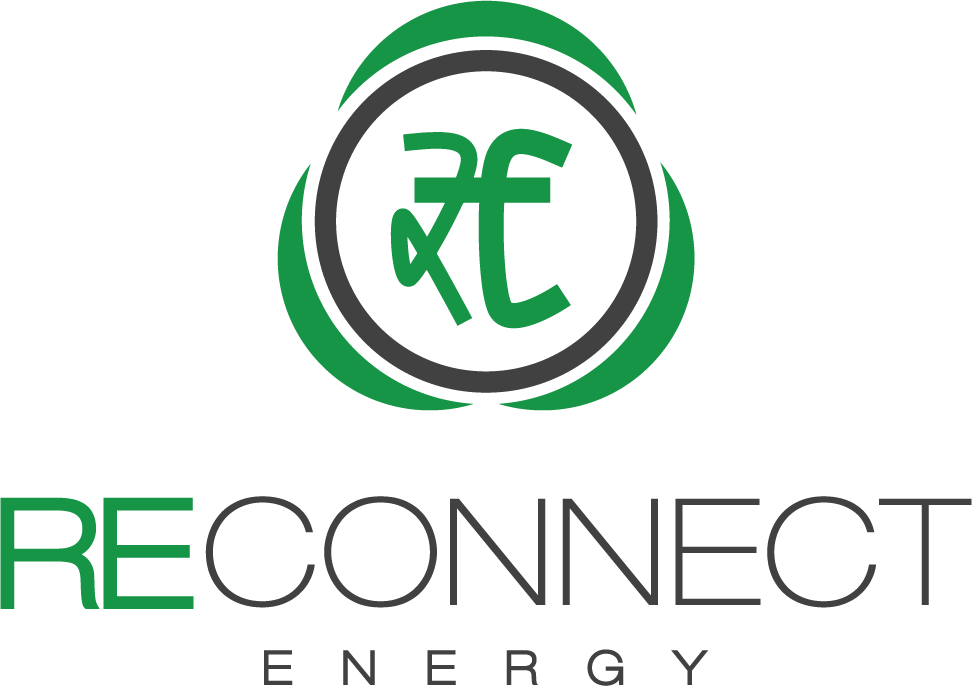Renewable Energy Certificates needs market push
In an article of The Hindu Business Line the current scenario of the Renewable Energy Certificates market of the country and its upcoming challenges was highlighted. With an extra one-and-a-half paise added into accounts of people who put up renewable energy capacities such as windmills, biomass and solar plants is an attractive return, justifying their investments. However, for this to work, a key parallel activity is the development of a robust market for renewable energy certificates and here is where action is needed urgently now.
Himachal Pradesh RPO regulation's first amendment
Honorable Himachal Pradesh Electricity Regulatory Commission (HPERC) declared its Renewable Power Purchase Obligation regulation's first amendment. Following are the key highlights of the regulation: Previously the RPPO was defined till financial year 2011-13, now they have changed and declared the new RPPO
CERC Declares New REC Floor and Forbearance Price for FY 2012-2017
Honorable Central Electricity Regulatory Commission (CERC) has declared new floor and forbearance price for REC (Solar and Non Solar) for the control period of FY 2012-2017 (the order is available here). The Commission has considered the comments of the stakeholders
TNERC's Regulation on REC/RPO
Honorable Tamil Nadu Electricity Regulatory Commission (TNERC) declared its much awaited RPO/REC amendment regulation. Following are the key highlights of the regulation: RPO Reduced from 14% to 9% (8.95 Non-Solar + 0.05% Solar) for FY 2011-12 Eligibility Criteria for RE CPP as per
REC Price Bands May Remain Unchaged
CERC is considering leaving the REC price bands unchanged (the limits within which RECs are traded), and also extending the control period from the current three years, reported the Business Standard. CERC had come out with a draft order suggesting
Review of REC Trading-June 2011
Compared to REC Trading for last month, this month saw a larger level of participation from buyers in REC market. For example, in this trade session, IEX witnessed 72,002 RECs* from buy side whereas, PXIL saw demand of 10,000 RECs.
CERC to determine Floor & Forbearance Price of RECs post 2012
Central Electricity Regulatory Commission (CERC) has come out with a suo-motu order on determining new Floor and Forbearance price for REC (Solar & Non-Solar) for the period post 2012. The draft copy of the order and a notice for the
Significant Jump in REC Trading Volume in May
Review of REC Trading – May 2011 After a slow start, REC Trading picked up this month. There was a significant increase in the volume – combined volumes on both exchanges was 18,500 RECs (representing 18.5 million units). This is
Solar RECs: Investor’s perspective and feasibility study
Solar Projects are the flavour of the season. The National Solar Mission (NSM) has laid out an ambitions goal to make India the global leader in solar energy, and plans to develop capacity of 20 GW by 2020. This analysis focuses on the impact and feasibility of Solar RECs as a mechanism to finance and operate solar energy plants. As a significant number of companies and investor consider solar energy opportunities, we present an analysis of how workable solar energy plants are under the REC mechanism. Solar RPO are included in most state regulations RPO regulations in each state require fulfilling a separate Solar RPO. At present the solar RPO requirement ranges from 0% to 0.5% of total electricity consumed. It is expected to go upto 3% by 2022. At the same time, a separate Solar REC will be issued to generators who meet the eligibility criterion. These Solar RECs will have a floor price of Rs 12/kwh and a forbearance price of Rs 17/kwh. Demand for Solar RECs Our analysis suggests that Solar RECs demand will be robust. Majority of the upcoming capacity in solar energy is either through state feed-in tariffs, or though the NSM. In either case, that capacity will not access the REC market. At the same time, there will be robust demand as every obligated entity will also need to buy Solar RECs. REConnect’s analysis suggests that 2011-12 demand of Solar power for RPO requirements will be in excess of 1,300 million units* (roughly translating into 600MW of capacity). As a result, we expect Solar RECs to sell at a high price. *Calculated from CEA data : For a detailed analysis please contact us. Most state regulations provide that in the event for inadequate availability of Solar RECs, the Solar RPO requirement can be fulfilled through Non-Solar RECs. Since Non-solar RECs are significantly cheaper that Solar RECs, this can present issues in the Solar RECs markets – companies may wait for the Solar REC supply to be exhausted so that they can buy non-solar RECs for compliance, and it may result in a downward pressure on Solar REC prices. More clarity is needed on the implementation of this clause is the state RPO regulations.

